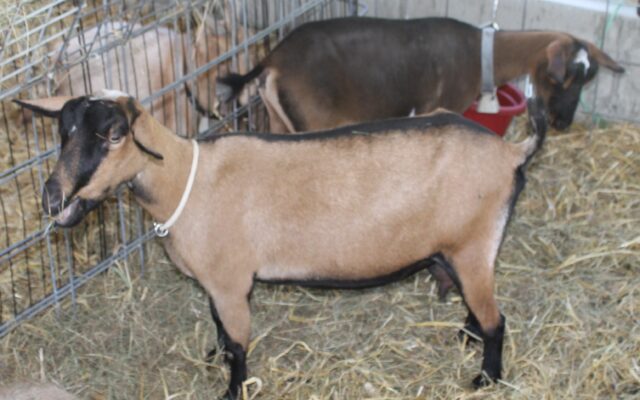
Cats aren’t the only domestic animals that can disappear
By Elizabeth Walztoni, Bangor Daily News Staff
Cheryl Curtis was at home when the Jersey steer she spent nearly $3,000 raising to feed her family this winter disappeared from her barn in St. Albans. She couldn’t find him, the neighbors hadn’t seen anything and she noticed two sets of tire tracks leading to and from the barn’s back door.
“Wherever he is, he’s either out of state or in someone’s freezer,†she said.
A horse went missing from another farm in Somerset County the same week, also a suspected theft. Its owner declined to be interviewed.
The disappearances, like the cats currently vanishing from a Bangor neighborhood, are causing grief for their owners and alarm for neighbors who fear for their own security. Though there’s only so much farmers can do to prevent losses, knowing how to respond if their animals go missing can increase the chances of finding them.
Maine doesn’t keep records on reported livestock theft. Suspected cases are classified as property theft and are typically referred to local animal control officers. Most of them can’t pursue criminal charges and would turn such a case over to the county sheriff or the state police for that type of investigation, according to St. Albans’ Animal Control Officer Joseph Glidden.
Curtis feels violated, she said, and never wants to try raising a steer again. The Curtises have raised their own beef animals for more than a decade, which sometimes escaped but were always found.
Glidden said that livestock theft is rare in the five towns he works for, which also include Cambridge, Harmony, Palmyra, and Wellington, and he wasn’t contacted about the Curtis steer. More dogs are stolen than cows, according to Glidden.
He gets regular calls about missing farm animals, though.
“I’d be surprised if it’s not just out in the woods feeding on mushrooms or acorns,†he said. “I’ve seen that a lot.â€
If your livestock go missing, start with a quick search of where you last saw them and any likely spots nearby, said Rachel White, a livestock educator at the University of Maine Cooperative Extension. Take some grain and a halter or lead with you.
Then, expand the search to the rest of your property and your neighbors’, with their permission. White also suggests contacting other nearby farmers. Your livestock could have ended up at one of their farms, drawn by other animals and the smell of food. Other farmers also might have the skills to help you search.
Curtis has posted online, as did the horse owner, and said she’s contacted her neighbors with no luck yet. Because she lives around other farms, it’s not out of the ordinary to see trailers or hear equipment, according to Curtis.
If that first step doesn’t work, White said the next idea is to put the word out on social media and with flyers, describing the lost livestock in detail. Contact your local animal control officer and any nearby animal shelters and, if you suspect a theft, file a report with law enforcement.
There are also national search networks, like NetPosse ID for horses. If your animal is registered with a breed group, you can contact them with information and a picture.
Livestock with valuable genetics can be stolen for resale. For that reason, keep an eye on local farm auctions, social media and online listings such as Craigslist.
There’s only so much you can do to prevent theft, according to White. Motion-activated lights, a livestock guardian dog or game cameras can scare off potential thieves or capture evidence of them, she said.
Identifying your animals with tattoos, ear tags, brands or microchips can get them returned to you if the thief had taken them to sell. If you’re really concerned, ear tags with GPS tracking technology are available for a few hundred dollars each.
Photographing each of your animals and making notes of their markings will prepare you in search efforts if they ever go missing.
Both theft and escapes can be managed by regularly checking your fencing for holes or weak points, especially if it’s electric. If you’re building a new paddock or making changes to existing fences, limit the number of gates and locate them where you can see them from your house.